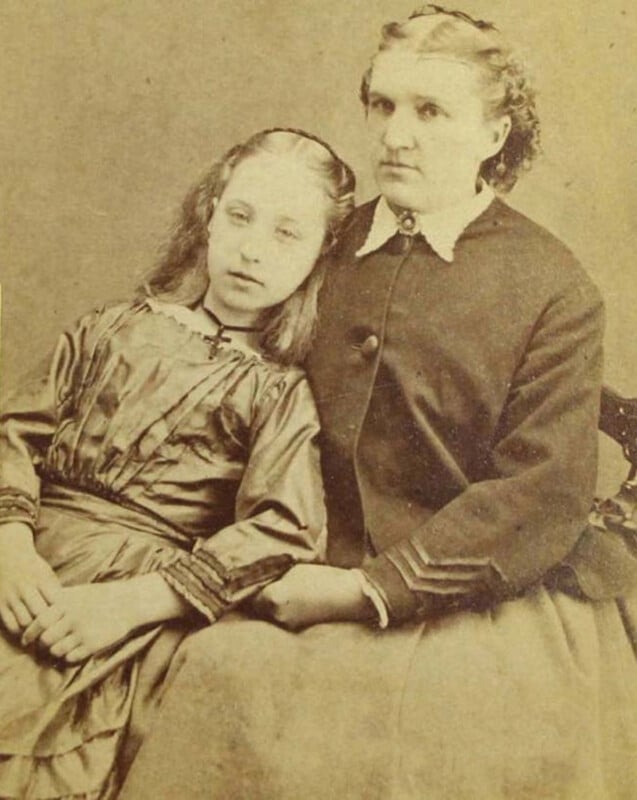
Posing with her daughter who leans on her shoulder, a Victorian mother stares mournfully into the camera. But her cheerless expression is understandable when you realize that her peaceful daughter beside her is dead.
These are the haunting Victorian death portraits that show the way middle-class families used post-mortem photography in the 1800s as a way to remember lost loved ones.
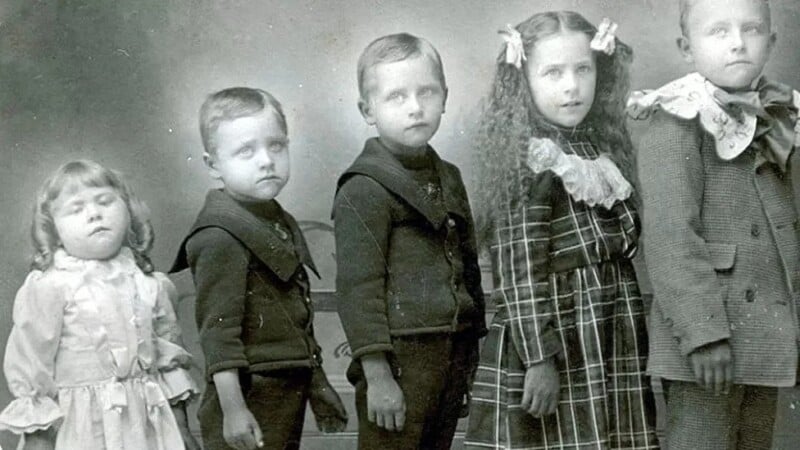
Today, taking photographs of people after they have died may seem unsettling and macabre to modern sensibilities. However, in the 19th century, these portraits were a source of comfort.
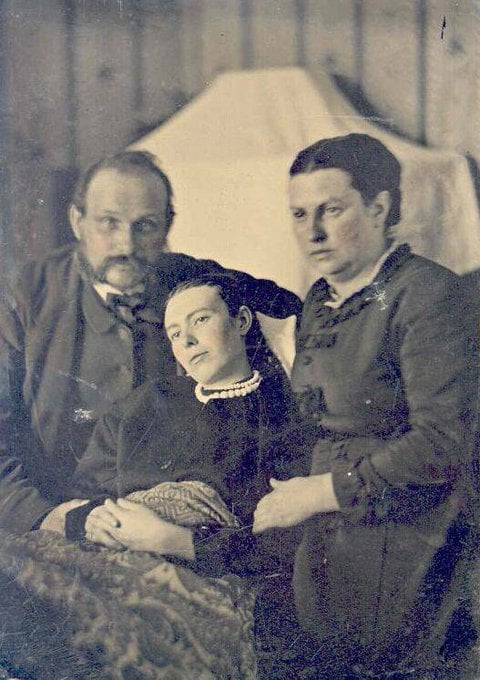
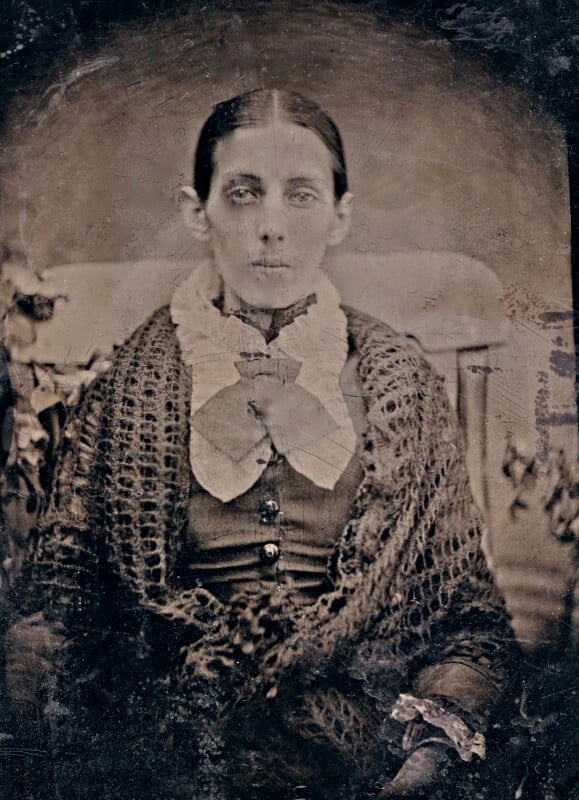
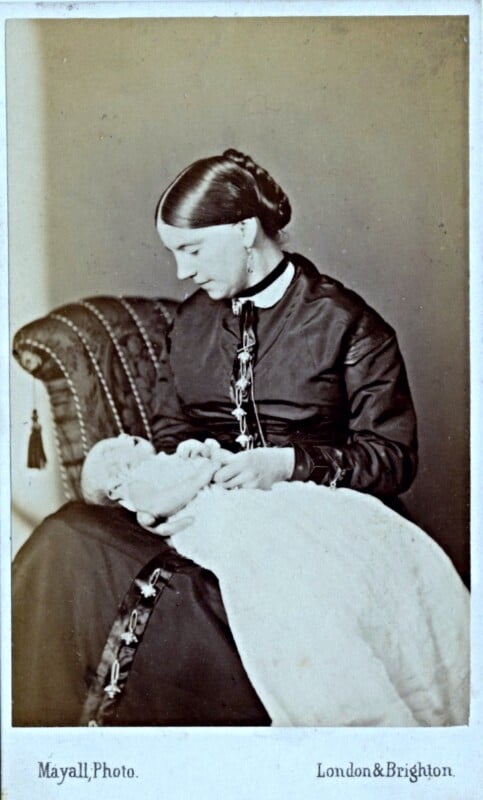
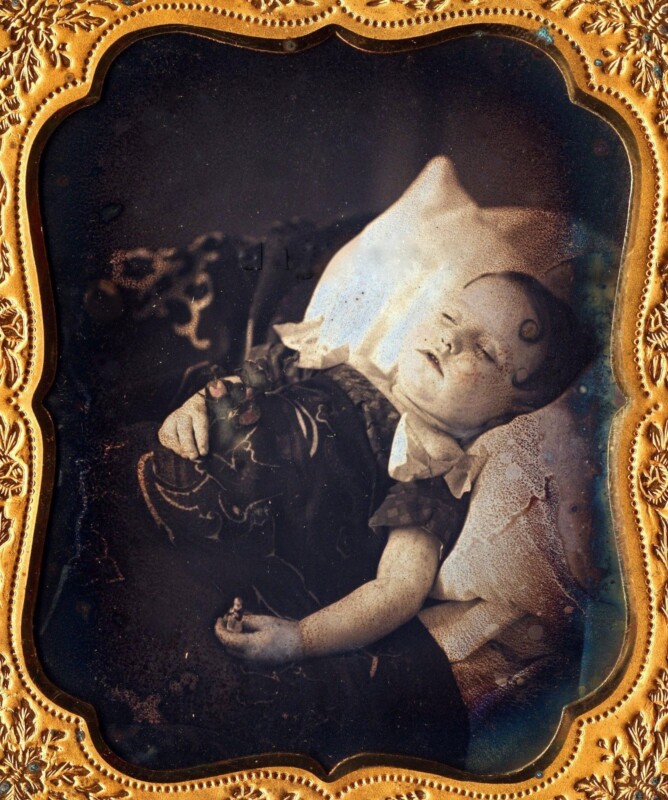
Indeed, these post-mortem photographs would help ease the sharpness of grief and often be the only memory people had of their late family members.
Photographers would try to make the dead subjects appear alive in the images. Sometimes, the corpses were made to look like they were in a deep sleep on a couch or crib while others seem to stare wide-eyed as they are positioned next to family mpembers.
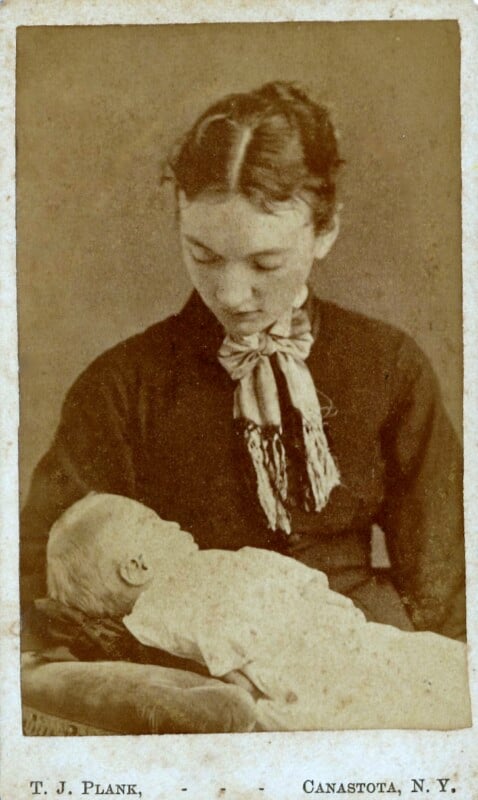
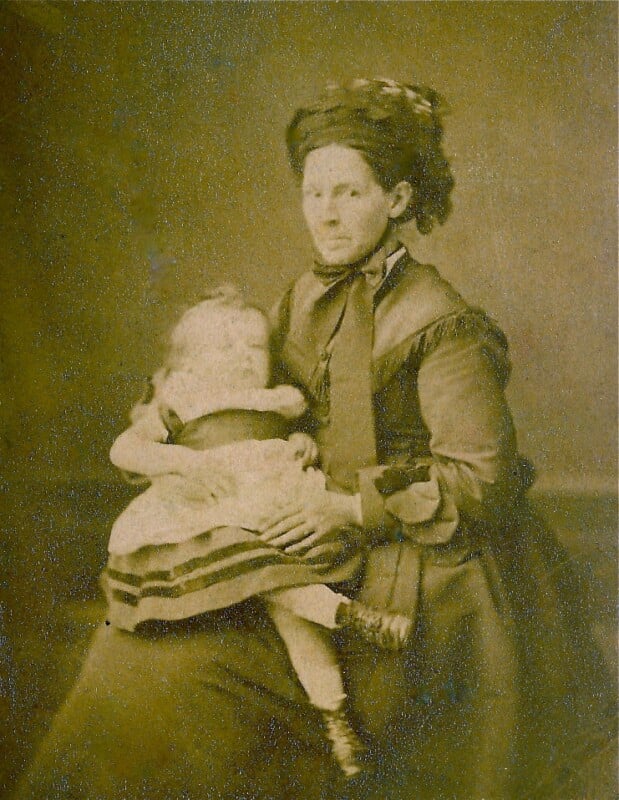
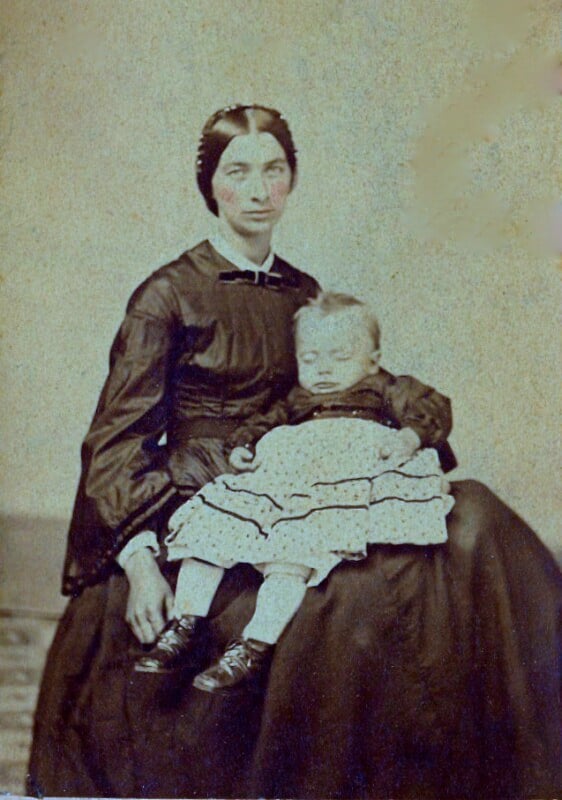
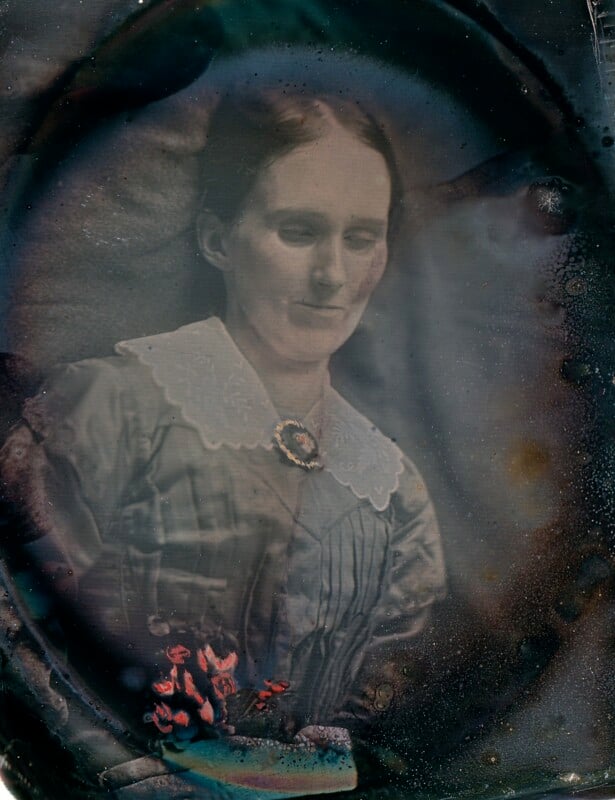
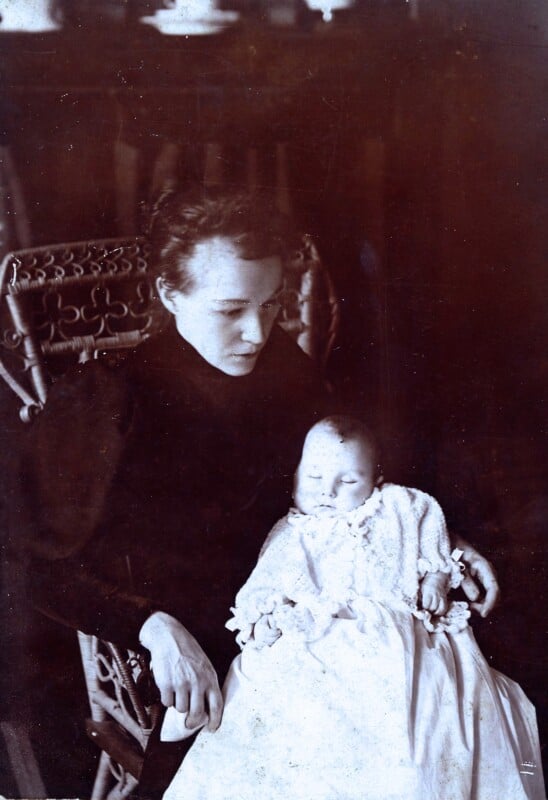
Sometimes, the subject’s eyes were propped open in the photos or their pupils were painted onto the print to give the effect they were alive. In early images, a rosy tint was even added to the cheeks of corpses to make them look lifelike.
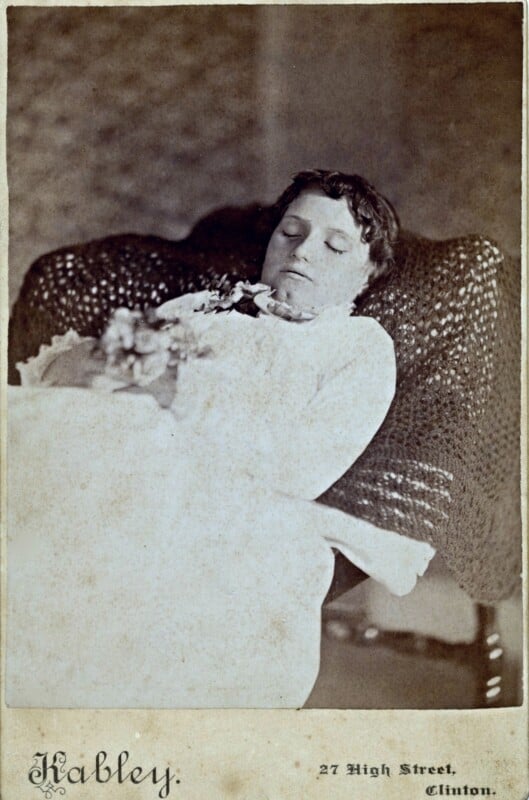

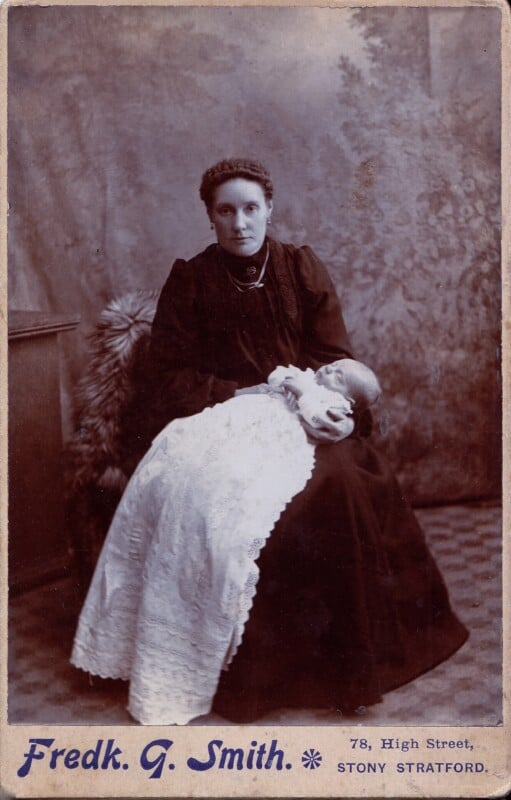
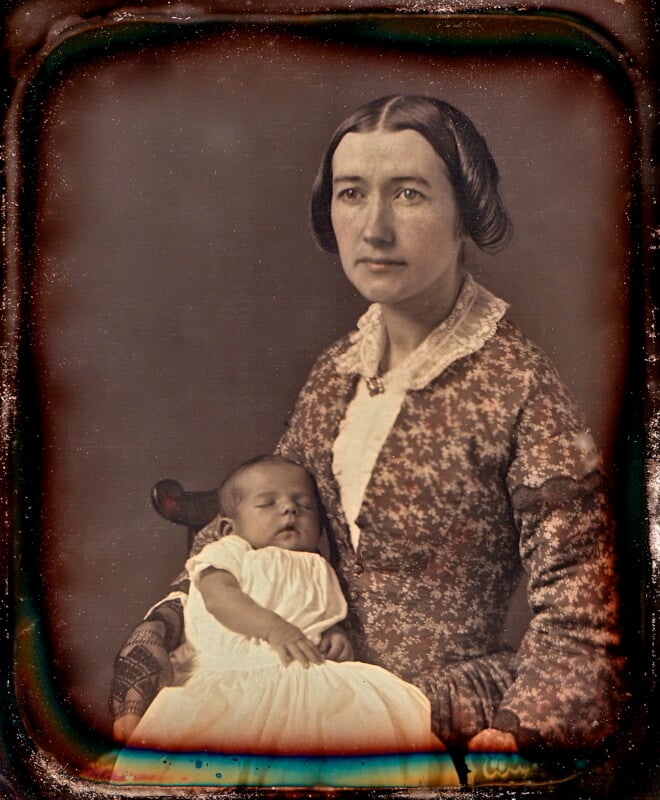
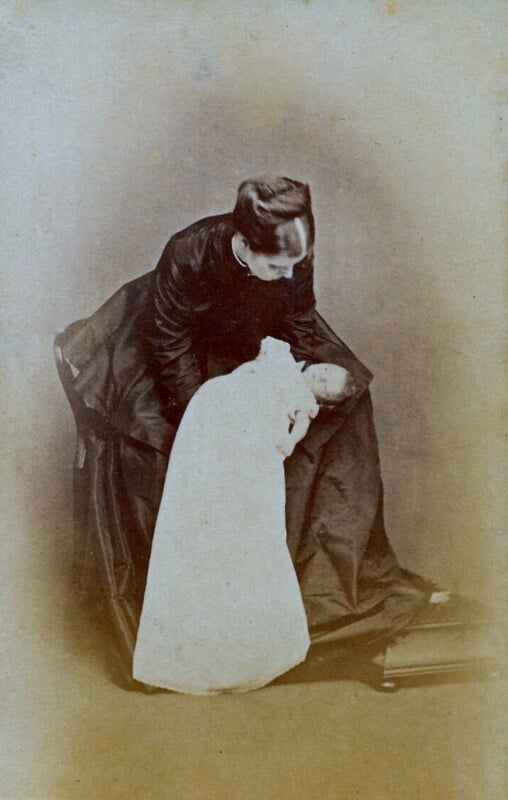
One image in the strangely poignant photo collection shows a dead man sitting on an armchair — with his hand carefully positioned to support his head and make him appear alive. Meanwhile, in other photographs, children look forlornly at their deceased father and a mother sadly clutches onto her lifeless baby.
However, in other post-mortem portraits, the dearly departed were photographed simply lying in their coffin.
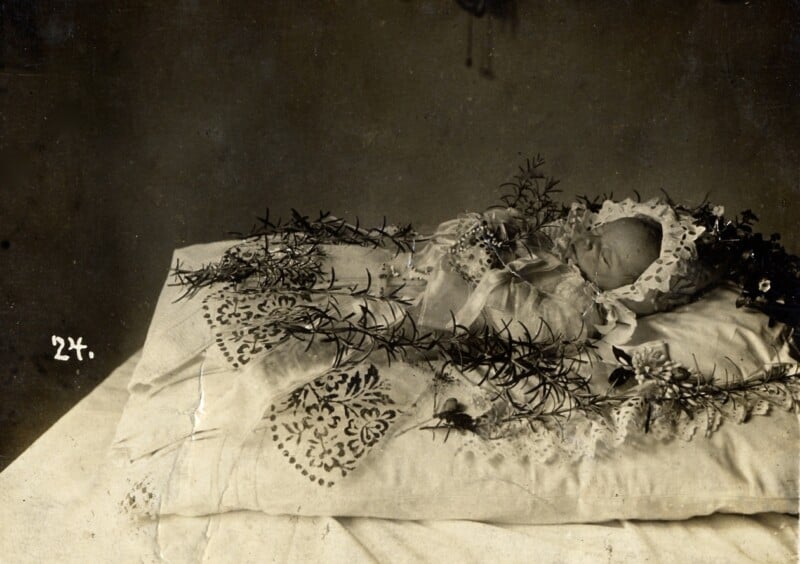
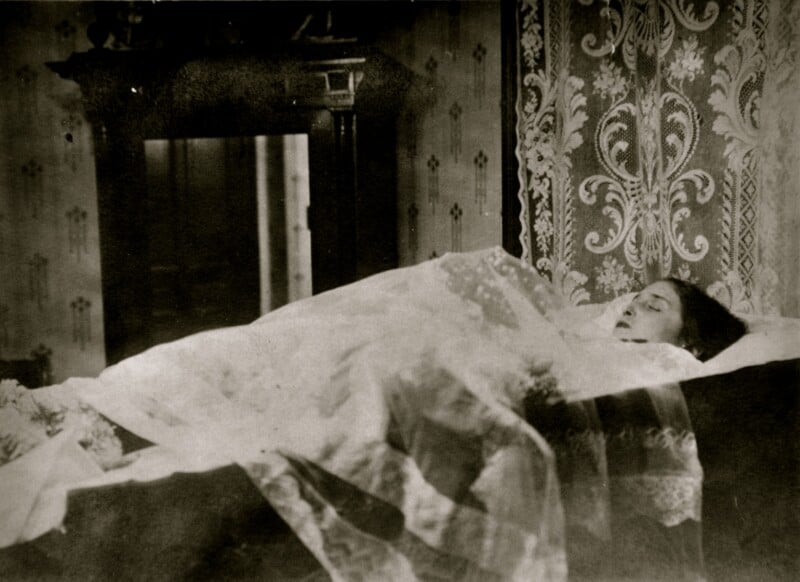
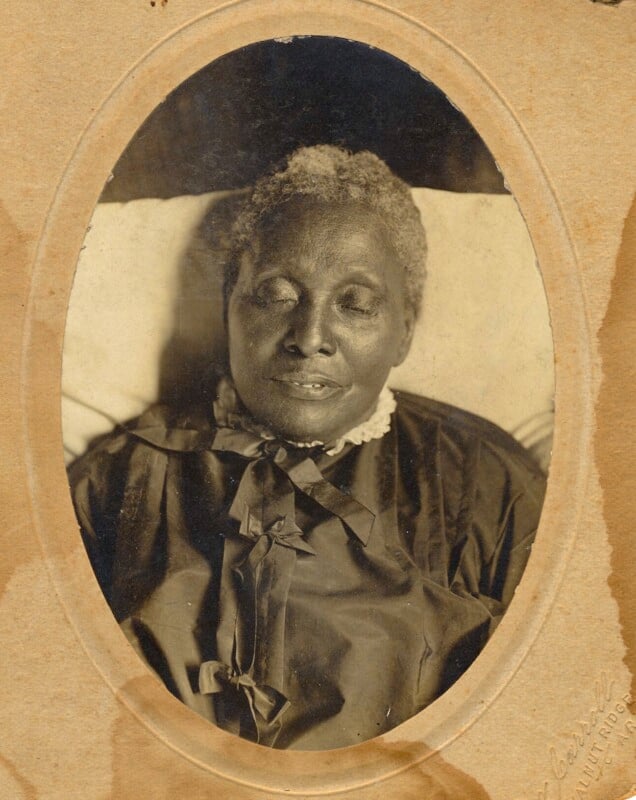
The invention of the daguerreotype — the earliest photographic process — in 1839 brought portraiture to the masses.
It was far cheaper and quicker than commissioning a painted portrait and photography enabled the middle classes to have an affordable, cherished keepsake of their dead family members. Depictions after death were often the first time families took advantage of photography.
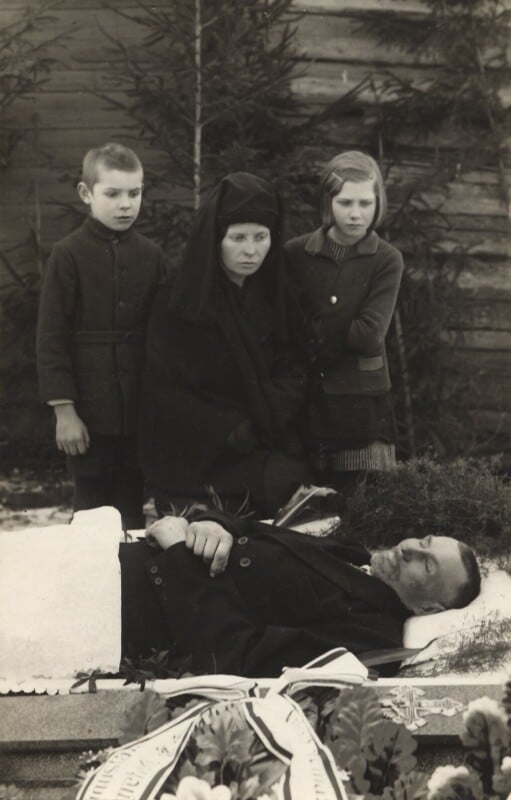
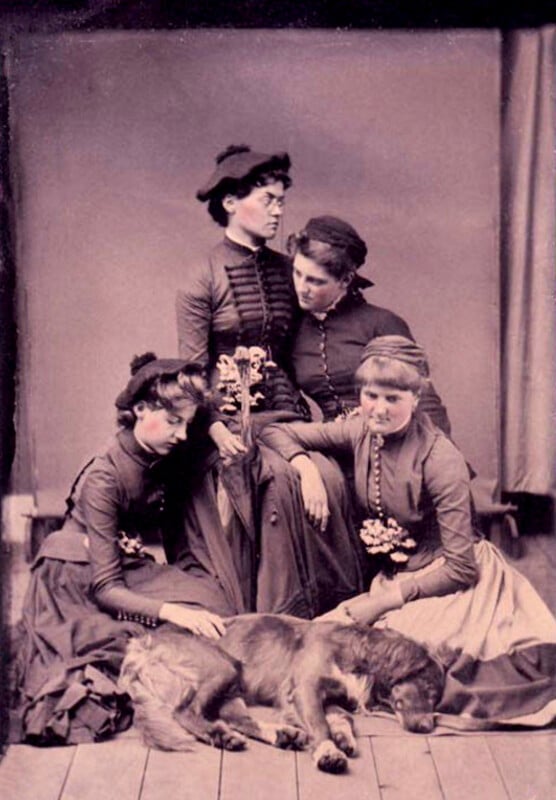
According to BBC History, death portraiture was the latest form of memento mori (which translates from Latin to “remember you must die”) and existed long before the Victorian times in different ways. Previously, locks of hair cut from the dead were arranged and worn in lockets and rings, death masks were created in wax, and the images and symbols of death appeared in paintings and sculptures.
By the early 20th century, the practice of death portraits fell out of fashion as photography became more commonplace and as healthcare improved the life expectancy of children.
Image credits: All photos courtesy of News Dog Media.
